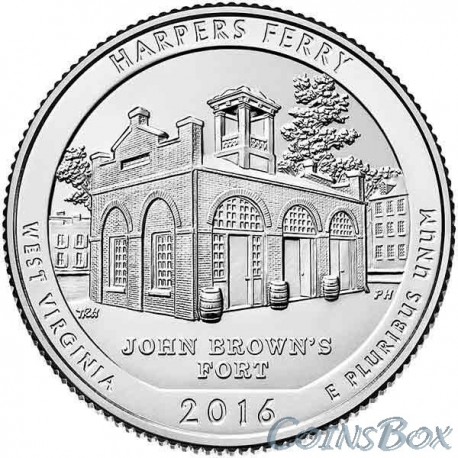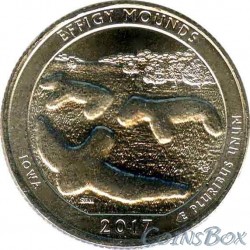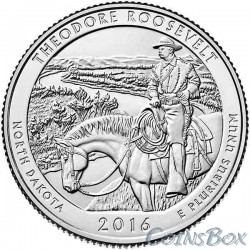No products
Product successfully added to your shopping cart
There are 0 items in your cart. There is 1 item in your cart.
America the Beautiful
- Sets of coins
-
Coins
- Coins Russia and CIS
-
Europe
- EURO
- Austria
- England
- Belgium
- Germany
- Italy
- Spain
- Latvia
- Lithuania
- Estonia
- Luxembourg
- Portugal
- France
- Finland
- Cyprus
- Andorra
- Greece
- Netherlands
- Slovakia
- Slovenia
- Ukraine
- Belarus
- Sweden
- Poland
- Norway
- Denmark
- Ireland
- Iceland
- Switzerland
- Monaco
- Liechtenstein
- Bulgaria
- Hungary
- Moldova
- Romania
- Czech
- Vatican
- Albania
- Bosnia and Herzegovina
- Macedonia
- Malta
- San Marino
- Serbia
- Croatia
- Montenegro
- Turkey
- Kazakhstan
- Transnistria
- Scotland
- Gibraltar
- North America
- South America
- Australia and South Pacific
- Africa
- Asia
- Tokens
- Silver
- Accessories
- Sochi 2014
- Banknotes
- Sale
- Marriages and species
- Sundry
Top sellers
-

-

-

Official set of series Russian Federation. Issue 11
Official set of series "Russian Federation". Issue 11
4 650 руб -

100 RUB Sochi 2014
680 руб -

-

-

10 kopeck 2015 MMD
7 руб -

-

1 Dollar First Patent 2018
250 руб -

Official set of series Russian Federation. Issue 12
Official set of series "Russian Federation". Issue 11
5 350 руб
No supplier
Viewed products
 View larger
View larger
25 cents 2016 33rd National Historic Park Harpers Ferry
Data sheet
| Depth | 1,7 |
| Weight | 5,67 |
| Diameter (mm) | 24,3 |
| Material | Copper-Nickel |
| Edge of the coin (milling) | fluted |
| Country | USA |
| Release date | 2016 |
| Quality | UNC |
More info
25 cents (quater) in 2016 from the series National Parks - 33rd National Historic Park Harper's Ferry State of West Virginia.
Obverse: In the center of the coin is a portrait of President George Washington to the left (shown in the restored version of the original portrait, used since 1932 on coin-kvarterah). Above the semicircular name of the issuing country: UNITED STATES OF AMERICA, in the semicircle the value of the coin is written - QUARTER DOLLAR. To the left of the portrait is minted the word LIBERTY (FREEDOM), on the right in a few lines - IN GOD WE TRUST (WE BELIEVE IN GOD) and the letter of the mint.
Reverse: in the center of the coin there is an image of the fortress of John Brown. In the upper central part of the coin there is an inscription: "HARPERS FERRY". On the left side of the coin is the inscription: "WEST VIRGINIA", on the right - "E PLURIBUS UNUM". In the lower part of the coin, the year of the coin is indicated: "2016"
The city of Harpers Ferry, turned into a national park today, is the center of many key events in American history.
In 1859, in this city, John Brown began the guerrilla struggle for the liberation of slaves. October 16, he captured the city's arsenal. After 36 hours, his tiny detachment of 21 people was almost completely destroyed by the forces of regular troops, called to restore order. John Brown was arrested, convicted and hanged on December 2 of the same year. The arsenal and the building in which John Brown held defense became national monuments in the fight against slavery.
By 1859, about 10% of city residents (150 people) were slaves. Another 150 "free blacks" worked mostly as unskilled workers, but among them there were skilled, well respected and not poor plasterers, butchers, blacksmiths.
Harpers-Ferry was badly damaged during the Civil War, most of the production buildings and the railway bridge were destroyed, from 1861 to 1865, it moved eight times from one belligerent side to the other. Located above the city, the heights of Maryland Height and Loudoun Heights were important strategic points, fierce battles were fought for them. Today they still have ruins of fortifications and other evidence of that era, but the remains of tent camps on Mount Ludun are unavailable for modern tourists, there is no convenient path to them.
During the Civil War, Harpers-Ferry became one of the places where slaves who fled from the southern states sought and found shelter.
In 1867, the Baptist missionaries opened the city of Storer College, a school for the training of former slaves. However, it accepted other students who had any racial, sexual or religious affiliation. At the end of XIX century. These initiatives came to naught due to the adoption of laws on racial segregation (the last of which was abolished in the US only in 1964).
Throughout the XIX century. Harpers-Ferry was a large industrial center. The local arsenal was a large arms factory, which from 1801 to 1861 produced more than 600,000 muskets, rifles and pistols and provided work to more than 400 workers.
Today in the national park "Harpers Ferry" many urban buildings have been preserved and restored in the form in which they existed in the 1950s. XIX century, when the maximum population of the city was 3,600 people.
Visitors are also attracted by the natural beauty of this place: deciduous forests, two rivers - the Potomac and Shenandoah, a view of the city and the district from high cliffs.
Released: 6 June 2016.












